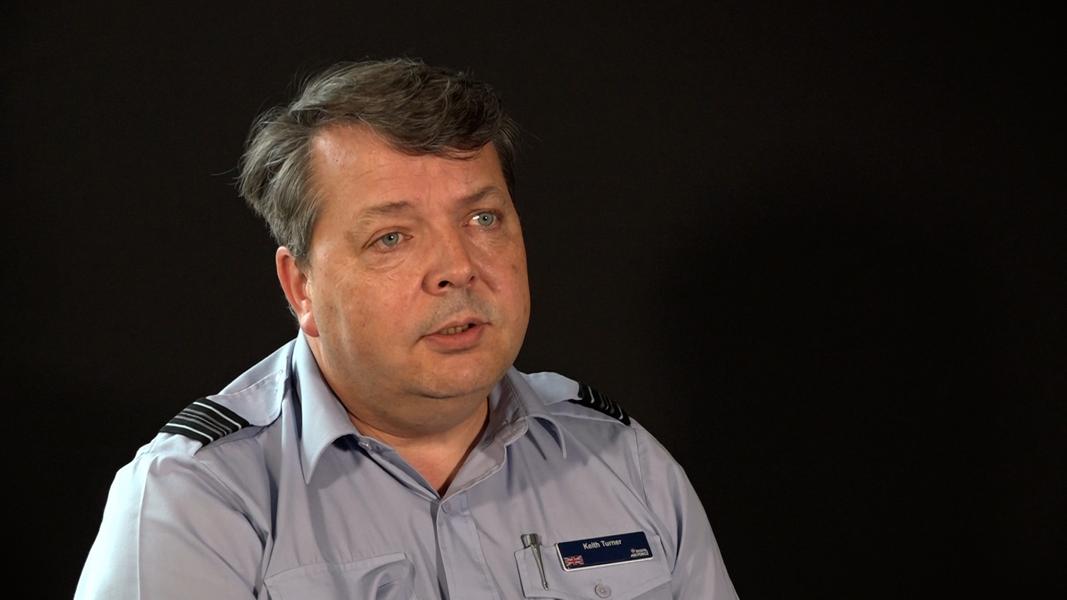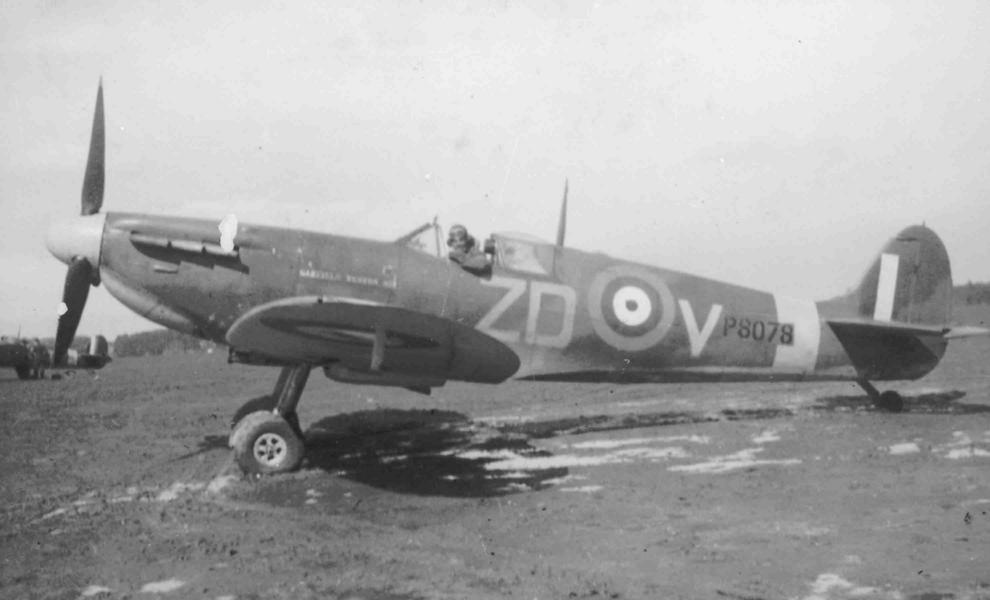the first thing that was done across all the military,
I think, was to stop training.
Operations, of course, carried on.
We have to continue that, but training was seen
as something that we could pause
and just step back and have a think.
So everything stopped, but associate to that was
the government directive to the military,
which happens a lot in these situations,
to provide MACA,
military aid to the civilian authorities.
And we had 360, I think it was,
trainees maintained here at Cosford who were reserved
to go out and help the NHS, or to drive lorries,
or to do whatever to help support
the government in dealing with COVID.
Now what the station commander here didn't want
was for those individuals who were waiting to be deployed
on those activities just to be sat and waiting.
So we had some people held back
who delivered physical training exercises
to keep them mentally fit,
to keep the mentally active,
to give them an opportunity to let off a bit of steam,
all important things.
When you've got people who are not allowed
to leave the camp, 'cause we needed to keep them fit.
We couldn't allow them to go away and get catch COVID
because they were there to help fight it.
So throughout that period, we were down to skeleton manning,
but we were delivering every day,
but also trying to deliver training
where every individual is two meters apart,
nobody was sharing a mat or sharing equipment,
or breathing all over another individual.
So setting it up practically was challenging,
and keeping people motivated through that period
when they were stuck on station or not able to leave
was also a challenge as well.
One of the directives we got was that
it would be unhelpful for us if members of the public
or members of the media were to observe groups
of people exercising together
because the directive from the government quite clearly
was that we weren't to do that.
Now we knew, and we were absolutely confident
that we could do that in a safe environment
but we didn't want to expose ourselves
to unnecessary publicity that might've been adverse
by somebody seeing something with a long lens
and maybe not capturing the precautions that we were taking.
So we limited ourselves to parade square.
We limited ourselves to,
I think it was about 30 or 40 people at a time.
And they were all distanced
and all had to have their own water bottles
and bring their own towels.
There was no shared equipment.
And it was, to be fair, because you're limited that much,
it became quite tedious and quite boring,
both for those that were delivering,
and for those that were receiving
but it was an opportunity to jump up and down,
and star jumps and just let off a little bit of steam,
and a bit of energy
because otherwise they were just captive here 24/7.
So it was important to do it.
And the restrictions meant that
it wasn't what we would have liked to have done
but it was the best that we could at the time,
with the circumstances and the restrictions.
And it worked out really quite well in the end,
actually, we came up with a few innovative ideas
for things like foot golf and stuff like that
on the rugby pitch.
And people come to that even at weekends,
it was good, yeah.

